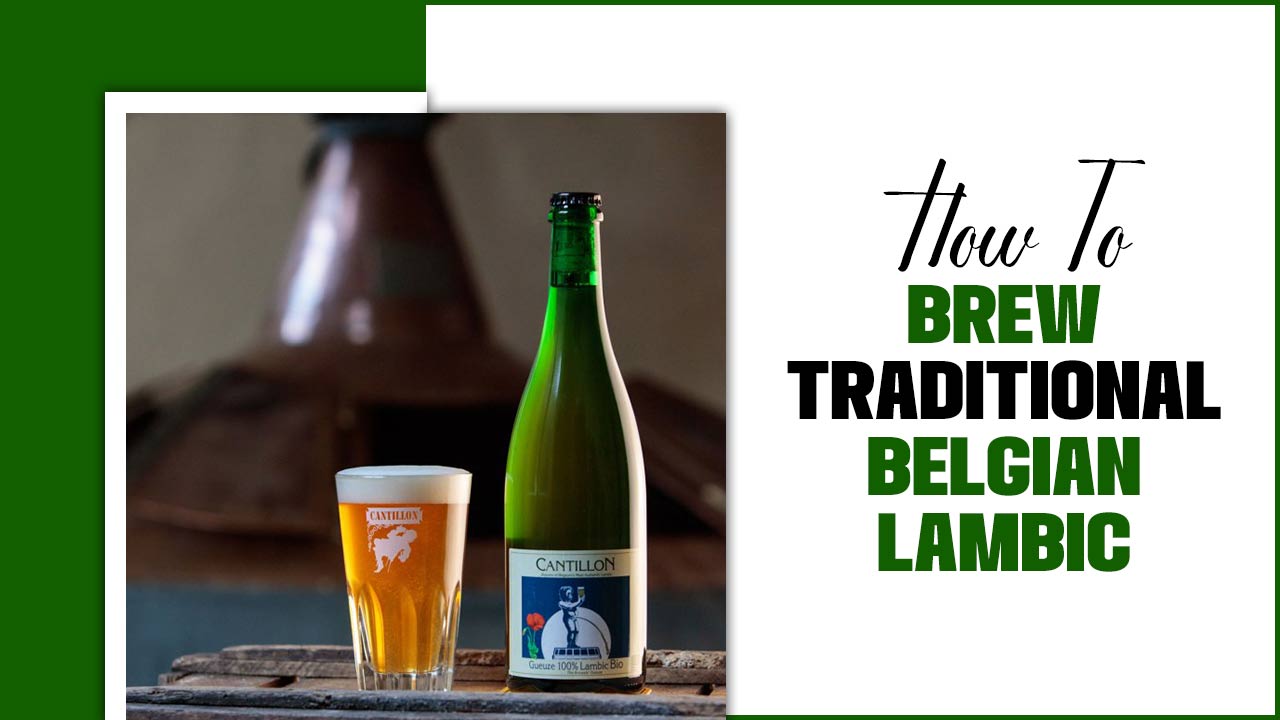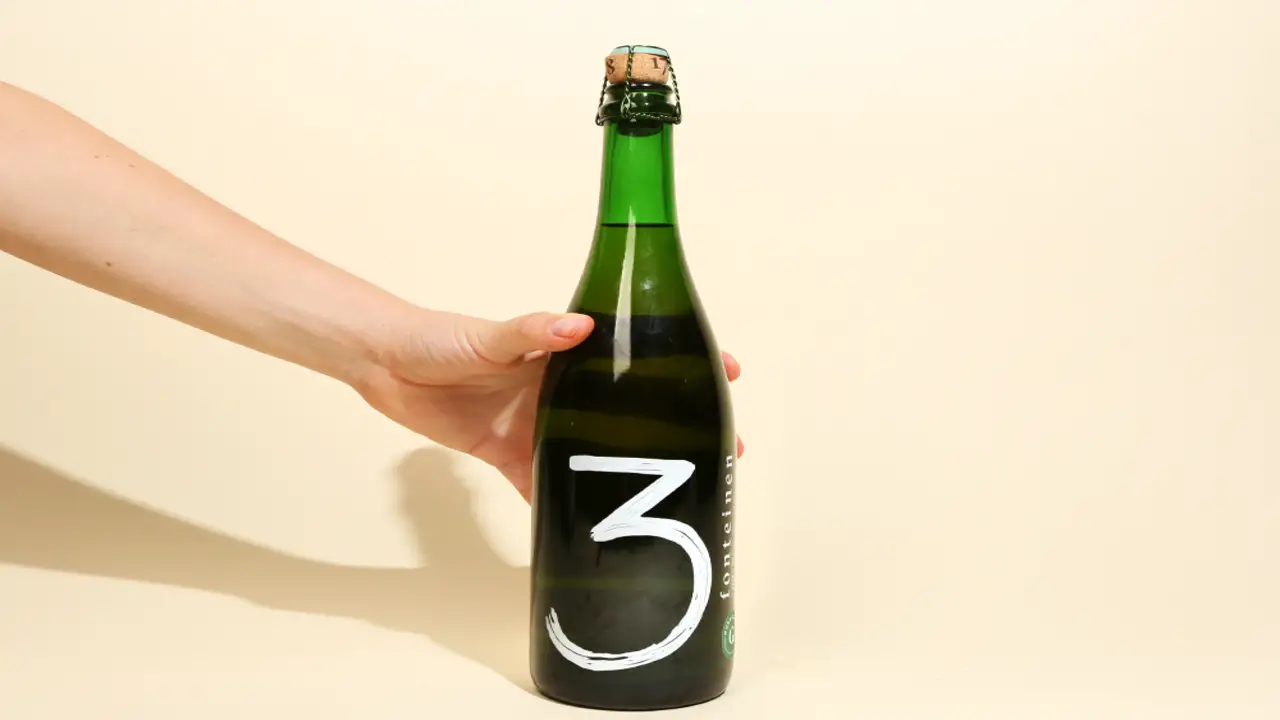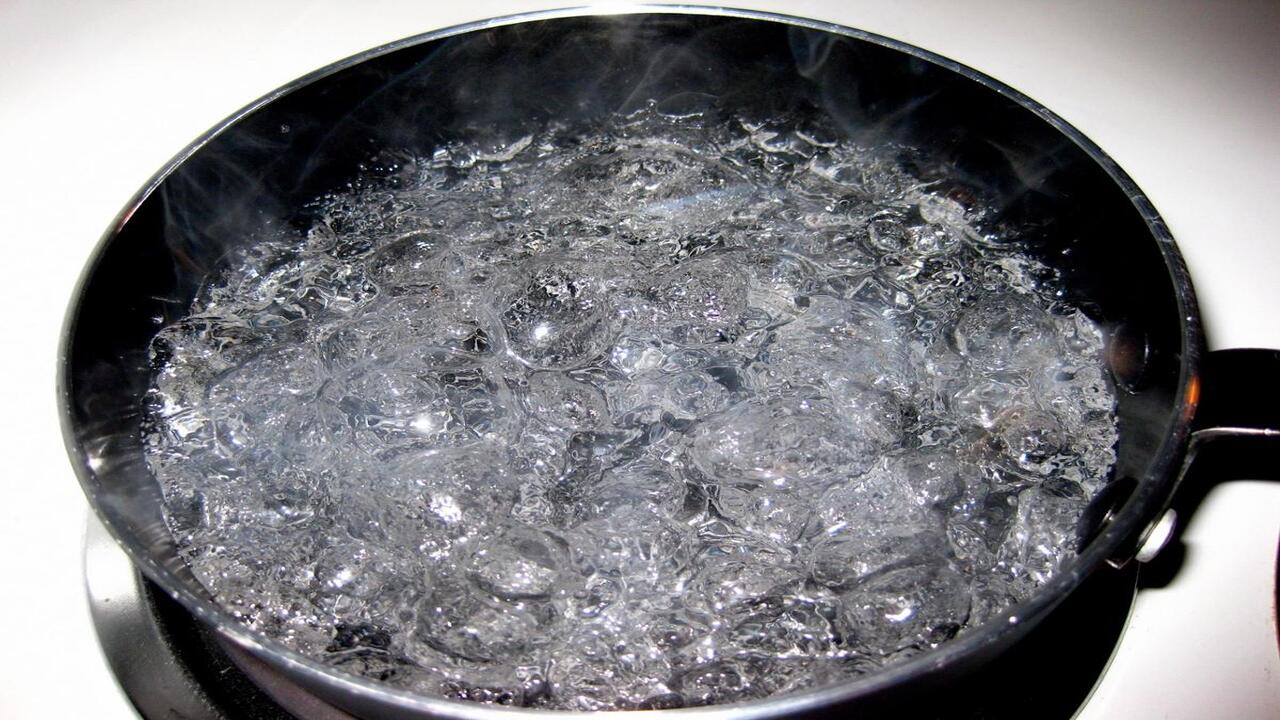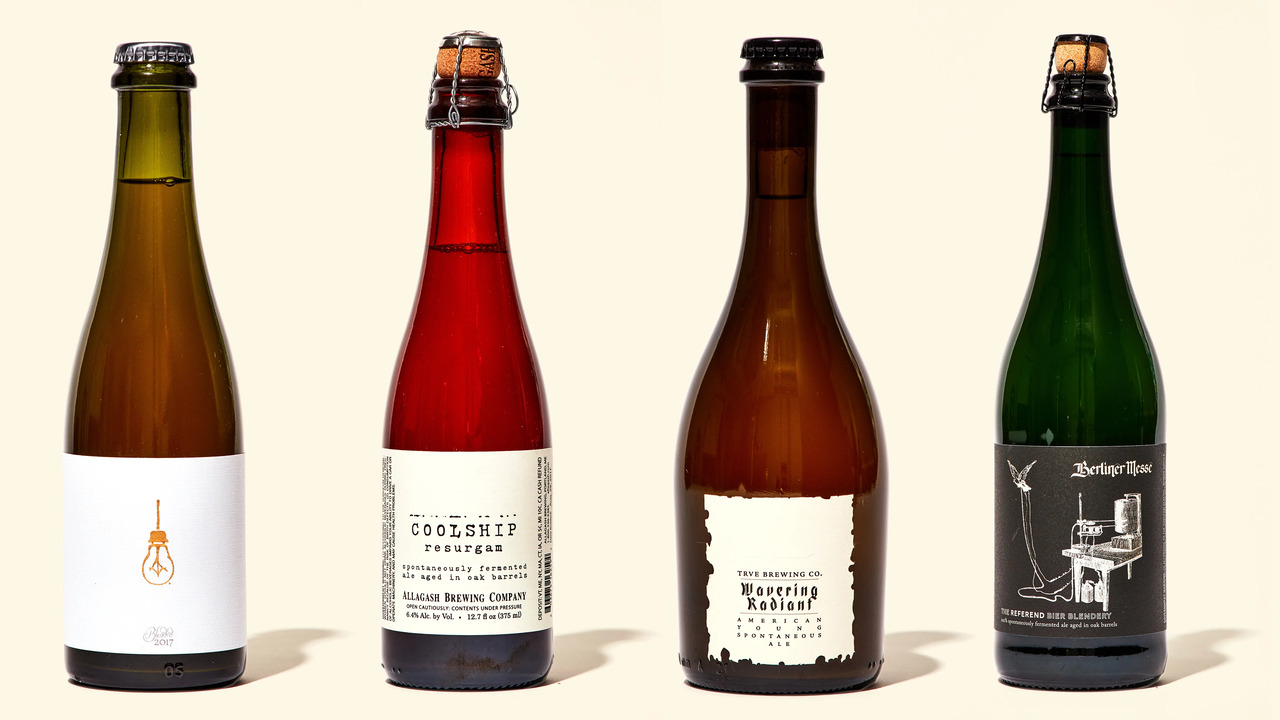Brewers in the Pajottenland region of Belgium have been brewing Belgian Lambic, a traditional beer style, for centuries. The brewers create this unique beer through a spontaneous fermentation process, which gives it a distinct flavour and aroma.
However, brewing a traditional Belgian Lambic can be challenging and requires attention to detail and patience. We will give you some steps on how to brew traditional Belgian Lambic. We will cover everything from the ingredients needed to the fermentation process.
Whether you are a seasoned homebrewer or just starting. This guide will provide the knowledge and tools needed to brew a traditional Belgian Lambic that will impress your friends and family.

How To Brew Traditional Belgian Lambic- Follow The Below Process

Belgian Lambic is a traditional beer style that originated in the Senne River valley in Belgium. People often call this beer the “Champagne of beers” because of its unique brewing process that involves spontaneous fermentation using wild yeast and bacteria. The result is a complex and tart flavour profile that beer enthusiasts worldwide love. If you are a fan of sour beers, learning how to brew traditional Belgian Lambic is a must. We give 6 steps to help you.
Step 1.Mashing
Mashing is a crucial step in the brewing process in creating a traditional Belgian Lambic. Brewers ferment lambic with wild yeast and bacteria to create a unique beer style with a sour and funky flavour profile. The mashing process involves complex steps requiring precision and attention to detail to achieve the desired flavour.
The brewer must blend malted barley and unmalted wheat by crushing and mixing it with hot water. Heat the mixture to specific temperatures and hold it at different intervals. Which allows enzymes to break down the starches into fermentable sugars.
Step 2.Boiling

Brewing traditional Belgian lambic requires a lot of patience and precision. One crucial step in the process is boiling the wort. The liquid mixture of malted barley and water will eventually become beer.
Boiling not only sanitizes the wort but also helps to extract important flavour compounds from the hops. When boiling lambic wort, it’s essential to use a low hop concentration to avoid overpowering the complex sour and fruity flavours that will emerge later in the fermentation process.
Step 3.Spontaneous Fermentation

Belgian brewers use spontaneous fermentation, a traditional brewing method, to create lambic beer, sour and complex brew enthusiasts worldwide highly prize. Spontaneous fermentation involves exposing the wort, or unfermented beer, to the open air, allowing wild yeasts and bacteria to inoculate the mixture and begin fermentation.
Brewers select a specific yeast strain for fermenting most modern beers, but lambic brewing uses a unique method. The resulting lambic beer is tart, funky, and full of complex flavours, including citrus, apple, and even leather notes
Step 4.Blending
Belgian lambic is a unique type of beer that is famous for its sour taste and funky aroma. They produce it by blending different batches of beer and ageing them for up to three years in wooden barrels through a spontaneous fermentation process.
To brew traditional Belgian lambic, you need a few key ingredients and a lot of patience. First, you need a blend of malted barley, unmalted wheat, and aged hops. They boil and cool this blend before transferring it to a large open-air container called a coolship. They leave the cool ship overnight to allow the wild yeast and bacteria from the air to inoculate the wort.
Step 5.Bottling
Brewers must carefully bottle their beer to ensure proper carbonation and readiness to drink; bottling is an essential step in brewing. Bottling is a crucial step in the traditional Belgian Lambic that requires great attention to detail. The brewery uses spontaneous fermentation to make this sour beer, leaving it to ferment in oak barrels for up to three years before bottling.
During the bottling process, you should add sugar and yeast to achieve the appropriate level of carbonation in the beer. To prevent contamination, which can impact the taste and quality of the beer, you must also sanitize the bottles.
Step 6.Conditioning
When brewing traditional Belgian lambic, conditioning is an essential step in the process. This beer style is unique in that it relies on spontaneous fermentation, meaning that the brewer does not add any yeast to the wort. Instead, the beer is left to ferment naturally with the help of wild yeast and bacteria in the air.
After the initial fermentation, the beer is transferred to oak barrels, aged for up to three years. The beer undergoes a second fermentation, developing complex flavours and sourness. The conditioning process is crucial in ensuring that the beer is properly carbonated and has the right level of acidity.
After conditioning, the lambic can be blended with other lambics of different ages to create a Gueuze, or fruit can be added to create a flavored lambic. Belgian lambic is a unique and delicious beer that pairs well with a variety of foods, from cheese and charcuterie to seafood and spicy dishes.
Conclusion:
Brewing traditional Belgian lambic is a time-honoured craft that requires patience, precision, and a deep understanding of the brewing process. The unique combination of wild yeast and bacteria, aged hops and a prolonged fermentation period produces a flavour profile unmatched by any other beer style.
While the process may be challenging, the result is a truly exceptional beer worth the effort. With the right ingredients, equipment, and a willingness to experiment and learn, anyone can master the art of brewing lambic and enjoy the rewards of this ancient brewing tradition. If you read the above outline correctly, we hope you understand how to brew traditional Belgian Lambic.
FAQ:
1.What Is Lambic?
Ans: Lambic is a traditional Belgian beer style known for its spontaneous fermentation using wild yeasts and bacteria, resulting in unique flavours and characteristics.
2.How Long Does Lambic Fermentation Take?
Ans: The initial fermentation period for Lambic can take several months, followed by long-term maturation in oak barrels for additional flavour development, lasting for months to years.
3.What Gives Lambic Its Unique Flavours?
Ans: The combination of wild yeasts and bacteria, such as Brettanomyces and Lactobacillus, along with extended ageing and fermentation, contribute to Lambic’s distinct tart, fruity, and complex flavours.
4.Can I Brew Lambic At Home?
Ans: Brewing traditional Lambic at home can be challenging due to the need for spontaneous fermentation and access to specific strains of wild yeasts and bacteria. It may require specialized knowledge and equipment.
5.What Is The Cool Ship Used For In Lambic Brewing?
Ans: The cool ship is a shallow vessel used to cool the boiled wort and expose it to the open air, allowing it to collect natural yeasts and bacteria during spontaneous fermentation.

I’m a writer and blogger who loves to talk about entertainment, culture, and relationships. I love to share my thoughts and insights on these topics, and I’m always looking for new ways to engage with my readers. I’m also a big fan of learning new things, so I’m always exploring new areas of interest.
